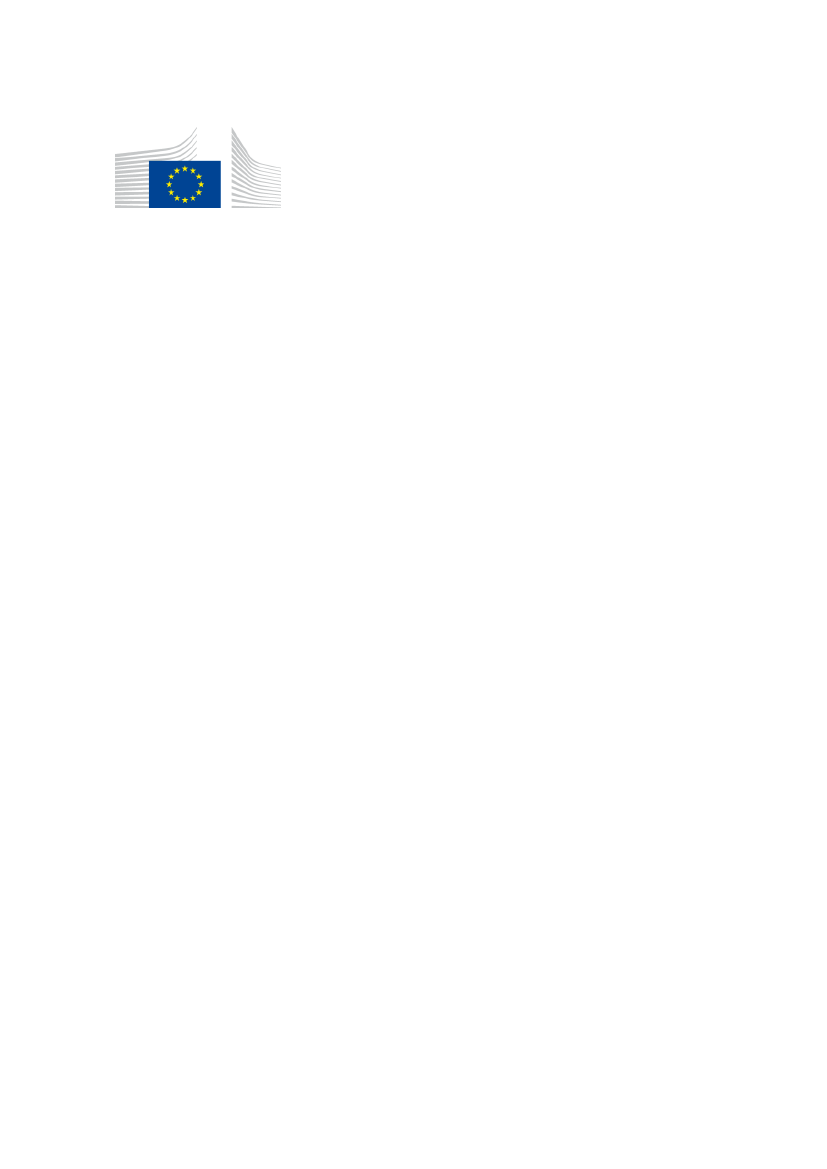
EUROPEAN
COMMISSION
Brussels, 11.10.2021
SWD(2021) 1001 final
PART 10/38
COMMISSION STAFF WORKING DOCUMENT
Accompanying the document
REPORT FROM THE COMMISSION TO THE COUNCIL AND THE EUROPEAN
PARLIAMENT
on the implementation of Council Directive 91/676/EEC concerning the protection of
waters against pollution caused by nitrates from agricultural sources based on Member
State reports for the period 2016–2019
{COM(2021) 1000 final}
EN
EN